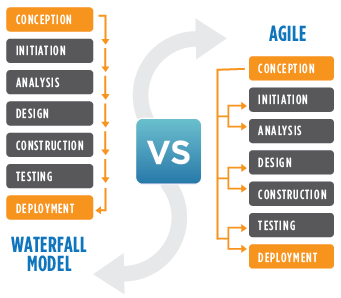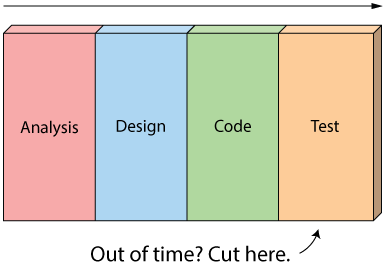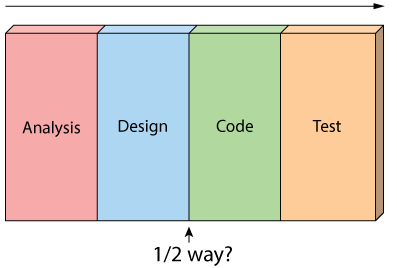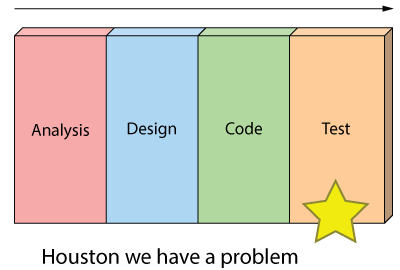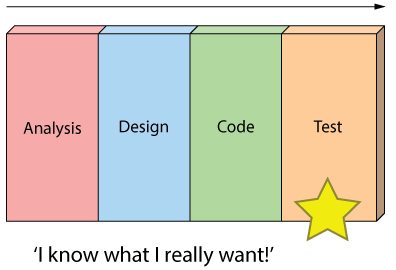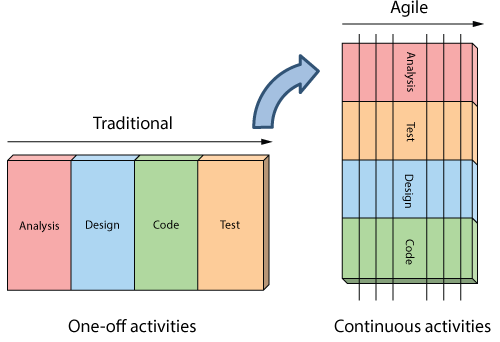We all know agile Scrum framework is prevailing these days. Every field is adapting scrum as it provides transparency in work and help maintaining trust among the people. With increase in the use of Scrum and Agile, one name which we all hear is a ‘Scrum Master’. When organisation think of creating a Scrum team and developing there deliveries through agile; everybody looks at Scrum Master as a wizard.
In below paragraphs, I will be discussing about the Scrum master role and its expectations. What is the perception of teams for a Scrum Master? What does a scrum master do and what a team should expect from him (not on a broader prospect).
In standard organisation, Scrum Master is the most debating and challenging role. Every person in the organisation has its own perceptive regarding it. People generally think the role is confined to five aspects of scrum i.e. scrum ceremonies. People also misinterpret the exact essence of servant leadership.
In context of above, scrum master is a change agent for cultural shift of an organisation to adapt agile mindset. He is the one who ensures agile processes are adopted in the organisation. He works towards increasing transparency and winning the trust of people; by clearing the communication channels between team member’s including product managers and stakeholders.
Scrum master is a pioneer to show the right path which lead to team’s success (not individual). He is a motivator, a transformation and influential leader who believes in empowering the teams and at the same time takes all stakeholders along to reach a common goal of agility.
Scrum master facilitates the ceremonies, and make sure that all stakeholders adhere to the process. The process is more of a discipline, where the Scrum rules (time boxing, regular cadence etc.) play very important role.
Will continue the discussion in upcoming articles with the points that a scrum master is an integral part and member of team. Scrum master works closely with team to achieve the milestones. He has to indulge and involve with people of different mindsets to remove impediments for a quality delivery. Success is achieved by following the process, clear communication, trust and coordination of the team’s.

